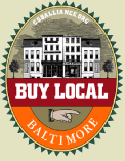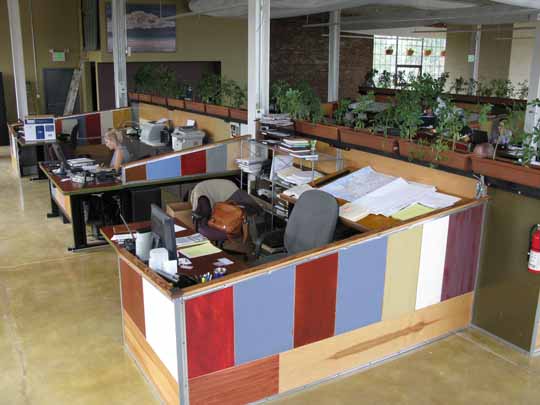B-more Productive

B-more Productive was the title given to one of this year’s Urbanite projects . This particular project asked the question: what could a typical Baltimore homeowner or renter be doing to increase the use of small open space for the production of food and energy? I was fortunate enough to work with Catherine Pancake and Dru Schmidt-Perkins to help visualize this idea by taking an existing row-house and illustrating various opportunities of adding solar panels to the sides of a houses, cultivating edible weeds and taking up beekeeping. Watch a video interview with each Urbanite Project team and if this doesn’t make sparks fly, see a video about a 300-year-old 2-acre food garden in Vietnam. Both examples fully define sustainability and doing a lot with a little can absolutely be the gift that keeps giving.
In other news:
Cafe Hon just bought wind power and they did the math and figured they would save $11,000. on their utility bill in one year! Read more from WJZ.
There are two new green renovation companies in Baltimore; Shelter and Green Building Alternatives.
Article mentioning Transition Towns for DC. There is talk about bringing the idea to Baltimore. Check back soon for more info.





 View the dynamic, moving GOforChange: Greening Baltimore video
View the dynamic, moving GOforChange: Greening Baltimore video




